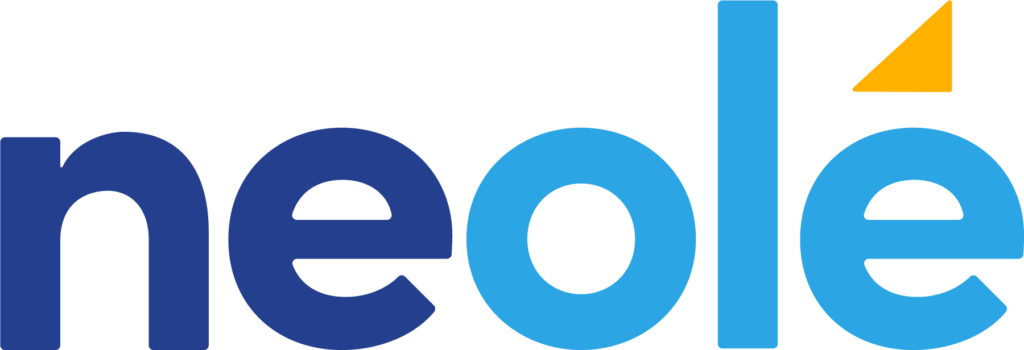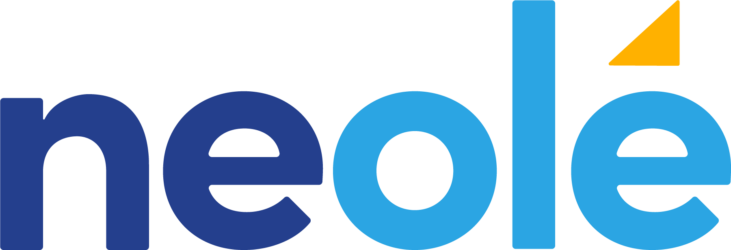Working remotely has challenged our teams and our ability to work creativity and innovate. We know that mental health has a significant impact on our brain and our ability to do that thinking work that is so necessary to innovate and succeed.
Since remote work is here to stay, how can we increase creativity on our teams?

To start, focus on team culture, rather than on how to be creative. As a first step, think about a typical week for your team:
- Is debate encouraged? Do junior team members speak up?
- Are ideas welcomed? How do you gather these?
- Do you experience trust, authenticity and openness? Do team members open up about their feelings?
- Is your remote team enthusiastic and lively, or are you worried about burn out?
A combination of these and six more factors impact how well your remote team nourishes your creativity. This is important to know – especially in these difficult and turbulent times, because…
There’s a connection between how creative you get to be at work and your personal wellness. All people are creative by nature, the more you can exercise your creativity, the greater your ability to reach your human potential.
Göran Ekvall, a Swedish organizational psychologist researched the internal conditions that are necessary to foster creative behaviour and performance on teams. Remote teams are no different. Ekvall identified ten dimensions of a creative culture and we have translated his research into a Workplace Evaluation. Go through the Ten Dimensions of a Creative Culture below and evaluate your remote team, or any environment/culture where you live, work, study or play. For each dimension, give your remote workplace a score from 0 to 10. Doing this will help you discover how well your remote team culture supports your creativity and where there is room for improvement.
The Ten Dimensions of a Creative Culture:
What’s Next? You’ve rated your remote team culture, but how do you actually increase creativity?

Once you have rated your remote team on each of the dimensions, ask yourself, “How might I contribute to improving my remote team culture so that everyone can be more creative?” The following questions will help guide your thinking.
- If you are in a team environment where challenge is low ask yourself: How might I up the challenge for myself? How might I motivate myself and others to contribute to the long term goals?
- If Dynamism and Liveliness are low, ask yourself: How might I bring more change and variety into my week? How might I avoid getting too settled in my comfort zone?
- If there is little room for playfulness and humour on your remote team, ask yourself: How might I take myself less seriously? How might we use virtual tools and technology to create more laughter and humor? How might we make time for laughter and humour during online meetings?
- If you feel there is a lack of freedom on your remote team, ask yourself: Do I really need to check in as frequently as I do? How might I take more initiative and make more of my own choices? Often we limit our own freedoms out of fear of doing anything outside of the norm…but when we value freedom and autonomy, we can’t help but make choices that expand our own independence. When you have the courage to be creative you can find a lot more things that CAN be changed.
- People who make a difference do so by seeking challenges and taking risks. If you are in a team culture where risk-taking is discouraged, ask yourself: How might I share the value of risk-taking and the practice of learning from failure? We all learn to walk by risking a fall, and we do fall many times. What matters is having the courage to get back up and try again and again – every time becoming stronger and knowing more about what won’t work and what will work.
- Idea time: Most of us have ideas in the shower, at night, while driving, etc. We often have “idea time” when we are in-between work and home or in between states of wakefulness and sleep…but on remote teams, boundaries and carving out idea time can be even more difficult. Innovative organizations like Gortex, G-Adventures and Google, have figured this one out and give employees a percentage of work time for “idea time.” If idea time is undervalued in your organization, ask yourself: How might I carve out idea time for the projects that most need creativity? How might I help others see the value of idea time?
- Support: It’s one thing to have ideas; it’s quite another to have the encouragement and support to experiment with your ideas. If the level of support for new ideas is low on your remote team, ask yourself: How might we create more opportunities for sharing new ideas? How might I model a “yes, and” attitude towards new ideas?
Spread the notion that ideas are no more than seeds with potential for great solutions. They need to be given space, light and nourishment so that they may flourish and completely change shape as they gain maturity. You will never see it take on its best shape if you step on it too early.
- Trust and openness: People can’t see what you are thinking, but they can see how you behave – even on a screen. If your behaviour shows an honest interest in supporting others (e.g., keep that camera on and ensure you check-in with your team), then you are naturally going to create an environment of trust and openness. If you are in an environment where there is a low level of trust and openness, ask yourself: What are all the ways in which I might contribute to creating a culture of trust and openness?
- If you are in a remote team culture where the level of debate is low, it is quite likely that there is a lack of trust and openness. But with multiple zoom meetings, one of the challenges can simply be time. You need dedicated time and space for debates. If that’s what’s truly lacking, then ask yourself: How might we create interesting and engaging virtual opportunities for the exchange of differing opinions? How might we increase our own level of interest in diversity of knowledge?
- Conflict: This dimension is opposite to the others. You want minimal personal conflict, but a lot of debate. Conflict is not bad in itself: what is bad is unresolved, hidden or growing conflict that interferes with people’s ability to trust, share ideas, be playful and take risks. The best way to keep conflict low is to address it long before it bubbles up. On a remote team, you need to play close attention to get ahead of underlying conflicts and keep communication open. Here’s a very helpful list of tips for Effective Conflict Resolution.
Few organizations score high on all ten dimensions. Those that do are among the best places to work at.
Here are some easy steps you can take today to foster a CREATIVE remote team culture:
- Be conscious of the areas in which your creativity is nourished and the ones where there is room for improvement. Becoming aware of the gap between the current reality and a better reality is the first step towards change.
- Avoid the victim mentality by recognizing all the ways in which you can be proactive and influence change. We all have the potential to be change agents, the only difference between those who act and those who don’t is the decision to do so.
- Learn to maximize your whole team’s creativity and effectiveness by taking one of our courses with your team
- Book a free consultation with one of our remote team wellness and creativity experts to find out how you can increase creativity on your team today!
By Ginny Santos, M.Sc in Creativity and Innovation, Neolé Inc.
Source: Ekvall, G. (1996). Organizational climate for creativity and innovation. European Journal of Work and Organizational Psychology, 5 (1), 105-123






